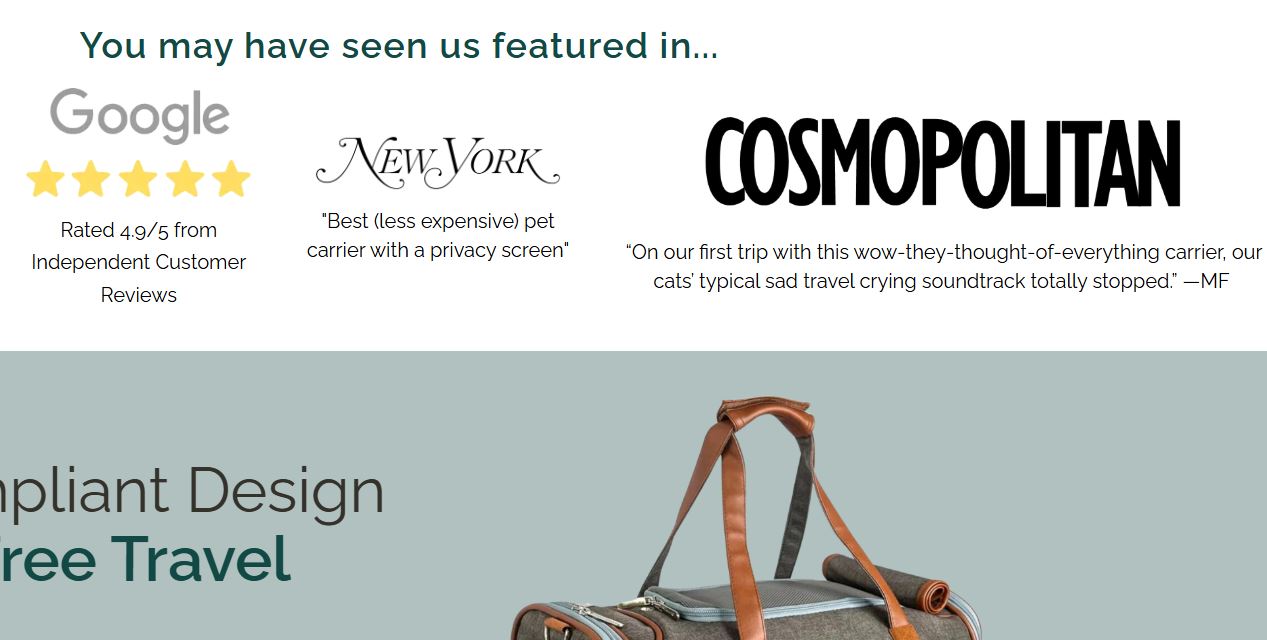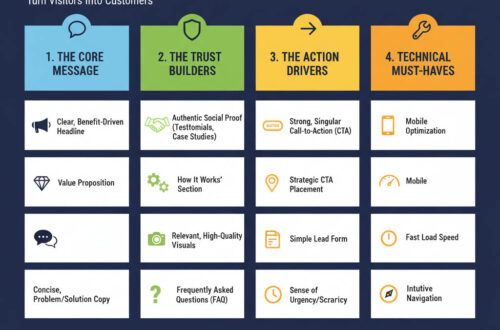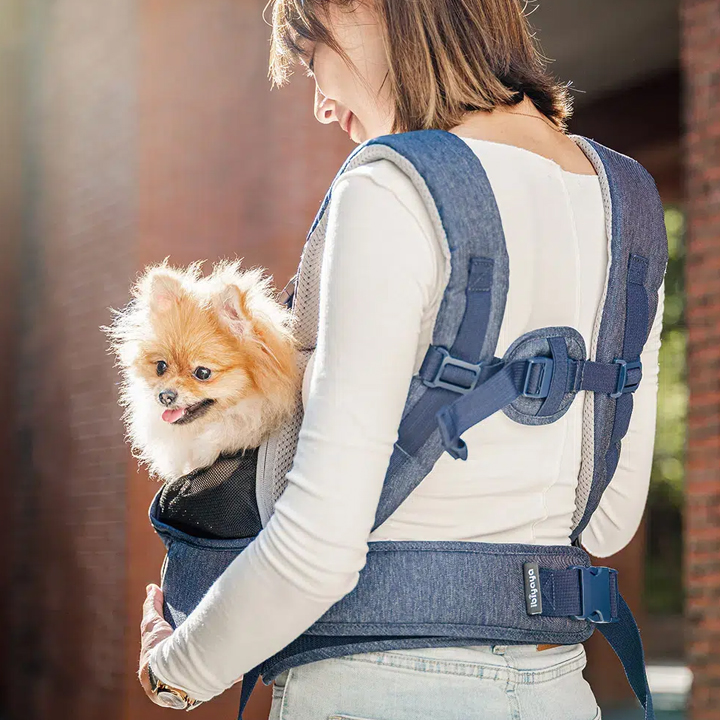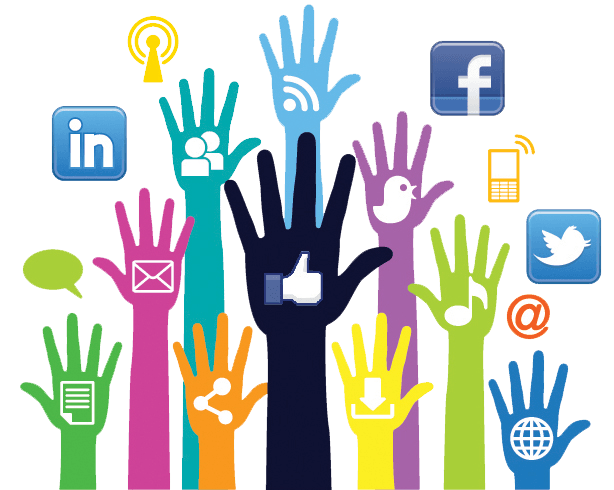To create a high-converting product page, you need to blend persuasive design, trust-building elements, and seamless user experience. Here’s a breakdown of the most impactful factors:
🧠 Messaging & Copy
- Clear product title – Descriptive and benefit-oriented. Use this formula Brand + Keyword + Function + Target + Local if needed
- Compelling product description – Focus on how the product solves a problem or enhances life. Use the AI formula for short description.
- Short description consisting of two paragraphs or one long paragraph containing product name, top selling feature, advantage with competitor, benefits, values, variation and target.
- two to three bulleted phrases containing top selling features and benefits with keywords
- Bullet-pointed features – Easy to scan and digest.
- Benefit-driven language – Highlight emotional and practical gains.
📸 Visuals & Media
- High-quality product images – Multiple angles, zoomable, and lifestyle shots.
- Customer action photos are better than paid models.
- Photos in public, in travel, at work, or in famous places that easily identifiable like NYC TimesSqure, Manhattan bridge, subway, Airport, golden gate, Rome’s building.
- Variant-linked images – Show color/size changes visually.
- Product videos or GIFs – Demonstrate use, texture, or scale.
- Alt text for SEO – Helps with accessibility and search rankings.
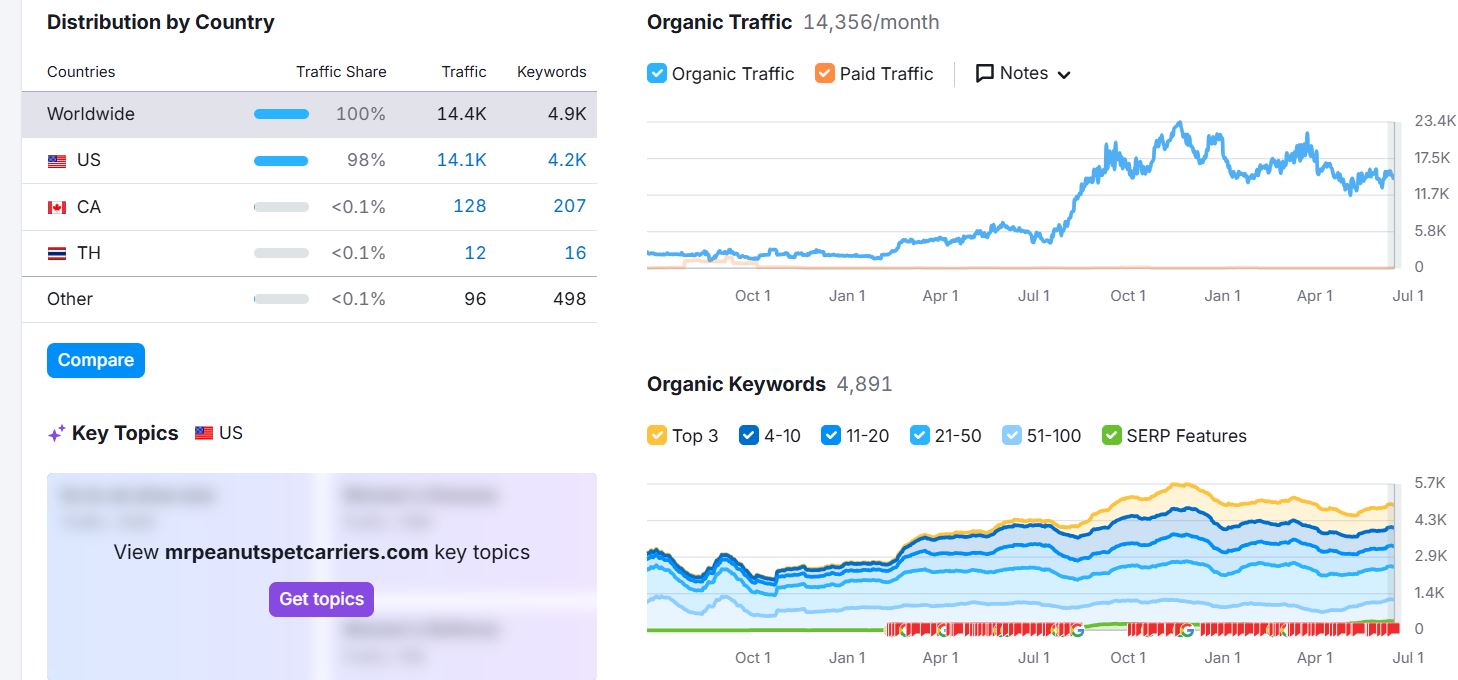
🎯 Call-to-Action (CTA)
- Prominent “Add to Cart” button – Above the fold and visually distinct.
- Sticky CTA on scroll – Keeps the action visible at all times.
- Simple CTA language – “Buy Now” or “Get Yours Today” works better than clever phrasing.
🧩 Trust & Social Proof
- Customer reviews and ratings – Builds credibility and reduces hesitation.
- User-generated content – Real photos or videos from buyers.
- Trust badges – SSL, payment icons, guarantees.
- Return policy and warranty info – Reduces perceived risk.
📊 Optimization & UX
- Fast loading speed – Crucial for mobile and conversion.
- Mobile responsiveness – Design adapts to all devices.
- Minimal distractions – Clean layout with focused flow.
- Live chat – a product page connected to messenger have more advantage
- Product FAQ section – Answers objections in real time. Queries for delivery, shipping policy, return policy can be answered easily. Queries about product materials, sizes, warranty are important inclusion plus. All possible product inquires can be generated by ChatGpt.
🛍️ Conversion Boosters
- Urgency cues – “Only 3 left” or countdown timers.
- Cross-sell and upsell modules – “You might also like” or “Bundle & Save.”
- Transparent pricing – Include discounts, shipping, and taxes upfront.
- A/B testing – Continuously refine layout, copy, and CTA placement.
Examples of high-converting product pages with link
Here are some curated examples of high-converting product pages along with direct links so you can explore their structure, design, and strategy:
🏆 Real-World Product Page Examples from Small Business Website.
| Brand/Product | Why It Converts | Link |
|---|---|---|
Lipodrene® Fat Burner | “On this product page, we use several different marketing strategies for higher conversion,” highlights Carley Hanna of Supplement Warehouse. Here are two marketing strategies at work here that give this page a whopping conversion rate of 10%.
| |
| Tanzanite Jewelry Designs | “This page, as well as others, were recently updated,” shares Jeff Moriarty from Tanzanite Jewelry Designs. And they convert at around 5-6%. The aim behind the update was simple: “We wanted to make sure to provide as much information as possible for visitors that planned on spending a higher amount on our items,” Moriarty writes. To this end, the team “included a video, important points when purchasing with us, and a detailed explanation/story about our business and what goes into making each piece of jewelry. Since implementing this, our conversion rates have nearly doubled.” | |
These pages often convert at 5–10%, which is well above the industry average of 1–3%. You’ll notice they all excel in:
- Clear value propositions
- High-quality visuals and videos
- Trust-building elements like reviews and badges
- Fast load speed and mobile responsiveness
- Sticky or repeated CTAs
🧩 Summary: What All Three Product Page Do Effectively
| Element | Why It Works |
|---|---|
| Benefit-Driven Hero Section | Immediately answers “What’s in it for me?” |
| Social Proof & Reviews | Builds trust through real feedback |
| Support & Transparency | FAQs, chat, shipping info lower purchase barriers |
| Conversion-Boosting Offers | Subscriptions, bundles, guarantees |
| Consistent Brand Voice | Builds rapport and authenticity |
How to Apply These to Your Small Business
Hero Section: Start with a strong image and 2–3 bullet benefits (e.g., gluten‑free, eco‑friendly).
Flexible Purchase Options: Add variants, bundles, or subscription savings.
Show Real Feedback: Highlight top reviews with images and videos.
Add Trust: Use badges (secure logo, eco-friendly, local-made) and a clear return policy.
Support Integration: Embed a short “how it works” video or live chat.
Always-Visible CTA: Keep “Add to Cart” prominent and persistent as users scroll.
